Unfortunately, there’s no clean way to do this. Luckily, though, I’ve done it the ugly way in Delicious Library 3—you need to put this method in a subclass of NSWindow, and make sure the document window in question is that subclass:
- (BOOL)makeFirstResponder:(NSResponder *)responder;
{
// Prevent popover content view from forcing our current first responder to resign
if (responder != self.firstResponder && [responder isKindOfClass:[NSView class]]) {
NSWindow *const newFirstResponderWindow = ((NSView *)responder).window;
NSWindow *currentFirstResponderWindow;
NSResponder *const currentFirstResponder = self.firstResponder;
if ([currentFirstResponder isKindOfClass:[NSWindow class]])
currentFirstResponderWindow = (id)currentFirstResponder;
else if ([currentFirstResponder isKindOfClass:[NSView class]])
currentFirstResponderWindow = ((NSView *)currentFirstResponder).window;
// Prevent some view in popover from stealing our first responder, but allow the user to explicitly activate it with a click on the popover.
// Note that the current first responder may be in a child window, if it's a control in the "thick titlebar" area and we're currently full-screen.
if (newFirstResponderWindow != self && newFirstResponderWindow != currentFirstResponderWindow && self.currentEvent.window != newFirstResponderWindow)
for (NSView *responderView = (id)responder; responderView; responderView = responderView.superview)
if ([responderView conformsToProtocol:@protocol(LIPopoverFirstResponderStealingSuppression)] &&
((id <LIPopoverFirstResponderStealingSuppression>)responderView).suppressFirstResponderWhenPopoverShows)
return NO;
}
return [super makeFirstResponder:responder];
}
Now make sure the popover’s content view subclass implements this protocol:
// NSPopover doesn't respect -acceptsFirstResponder of its content view (Radar 10666891).
@protocol LIPopoverFirstResponderStealingSuppression <NSObject>
@property (readonly, nonatomic) BOOL suppressFirstResponderWhenPopoverShows;
@end
Please also file a bug with Apple to request NSPopover respect -acceptsFirstResponder of its content view; it is 100% the case that when multiple developers file bugs they get fixed.

